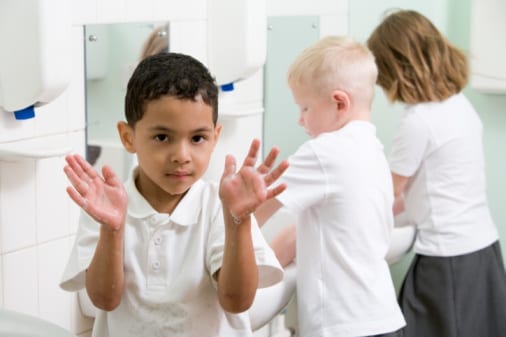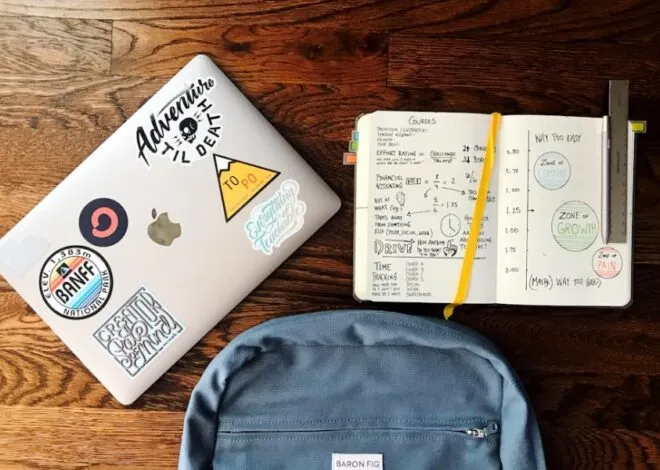 I recently had the pleasure of discovering an excellent article on hand flapping of autistic individuals on a Facebook page called Autism Discussion Page. (The page is sponsored by Autism Speaks.)
I recently had the pleasure of discovering an excellent article on hand flapping of autistic individuals on a Facebook page called Autism Discussion Page. (The page is sponsored by Autism Speaks.)
I am going to quote from the article because I felt it did a terrific job of explaining hand flapping of our autistic persons.
The article was preceded by a question: “Should you encourage or discourage hand flapping?”
The article discussed how hand flapping has been associated with autism for many years. The author said that it has always been an act people with autism have done mostly to help calm themselves, but there has always been a stigma attached to it.
Part of the discussion went like this:
“…many people do not see it as big deal for the young child (just an expression of excitement); but as the child gets older, and more mature, they should be able to refrain from such stereotypic behavior. It only makes they stand out, be open to ridicule, teased, and possibly bullied.”
“Theoretically, even children with autism can improve at regulating their behavior. Their brains mature and they have had enough experience once they are older. They simply get better at watching their impulses and finding more acceptable ways to satisfying their needs.”
“We may bite our nails, twirl our hair, crack our knuckles, tap our feet, etc. So, as the child matures, he is expected to refrain from such ‘excitable’ behavior, and be able to ‘cognitively’ mediate it. I think like most NT (neuro-typical) people, for children on the spectrum, who are more socially aware and more concerned about ‘fitting in’ they do learn to substitute more socially acceptable ways of satisfying their nervous system. However, for those who are less socially aware, or less motivated to ‘fit in’ they may continue to seek out this stimulation.”
There were follow-up questions:
Does hand flapping do any harm? Does it make a person stand out or look childlike? Does this lead to ridicule and harassment? Does it make others feel uncomfortable?
The article concluded with the following:
“There are some who feel that the person has every right to do it if they choose, and since there are no laws against it, they have every right to feel that way. And, there are others who feel we need to teach the children how to refrain from immediate gratification of urges, and learn more socially acceptable behavior. After all, most young child have some kind of self stimulatory behaviors that we teach not to do in public.”
In general, I believe this article leaned toward teaching the child to inhibit hand flapping in public over time while also teaching them other ways to regulate their nervous system. This was based on the observation that many “adults on the spectrum learn to inhibit the immediate needs to ‘stim’ until they can go off privately to meet those needs. They learn ‘when and where’ it is appropriate to flap their hands, rock and hum, or engage in other more obvious forms of self satisfaction. They learn that they don’t have to give it up totally, but (over time can) learn when and where to do it. When in public, they can learn other, less obvious and more socially appropriate ways to substitute for hand flapping.”
The author did not see this issue as “all or nothing.” There is a middle ground that is very reachable and teachable. And, it is one that makes sense for people on the autism spectrum.
I agree.
To Find Kimberly Kaplan:
www.kimberlykaplan.com
www.smashwords.com or Amazon Kindle ebook “A Parents’ Guide to Early Autism Intervention”
Twitter: @tipsautismmom





